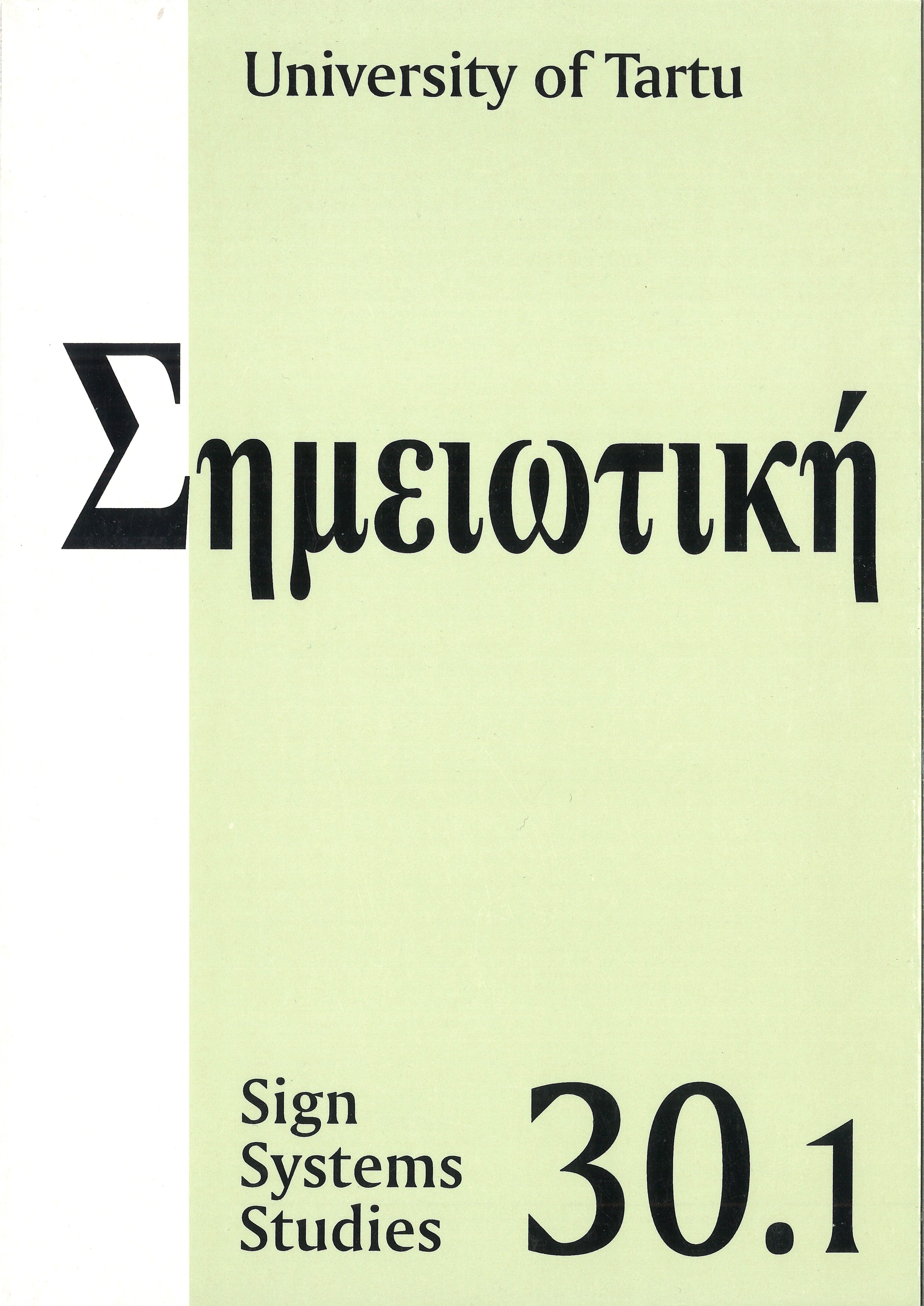Where bonds become binds: The necessity for Bateson’s interactive perspective in biosemiotics
DOI:
https://doi.org/10.12697/SSS.2002.30.1.10Abstract
The paper examines important discrepancies between major figures influencing the intellectual development of biosemiotics. It takes its perspective from the work of Gregory Bateson. Unlike C. S. Peirce and J. von Uexküll, Bateson begins with a strong notion of interaction. His early writings were about reciprocity and social exchange, a common topic among anthropologists of the time, but Bateson’s approach was unique. He developed the notion of meta-patterns of exchange, and of the “abduction” of these metapatterns to a variety of other phenomena, in both biology and in game theory. Later, Bateson’s concept of ecology of mind, the product of interactive phenomena, was modified by a non-purposive cybernetics. Biosemiotics has yet to adopt Bateson’s interactive stance, which is absent from Peirce’s approach to communication, of Uexküll’s functional cycles, and of Hoffmeyer’s discussion of the relation between culture and environment. Rather than pursuing notions of appropriate “subjectivity” through changed ethical response to ecological conditions (Hoffmeyer’s discussion of empathy), the paper discusses the advantages of an approach that continues to focus on conditions of paradox and pathology. Specifically, Bateson’s resolution of the relation between culture and environment arises from situations of blocked communication where ecological bonds become binds.


